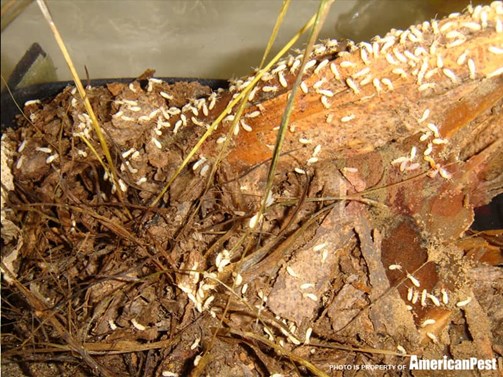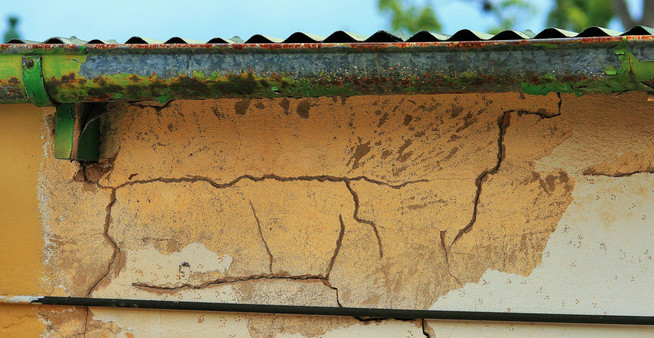FREE ESTIMATE
Request Your Pest Control Estimate
Subterranean termites are social insects, living together in colonies in the soil. Within the colony, there are specialized divisions of labor. They feed on wood or other cellulose products.
There are 3 primary castes: Workers, Soldiers, and Reproductives (kings, queens, and secondary reproductive).

The creamy-colored workers are rarely seen unless infested wood is broken open or termite tubes (more on this later) are exposed. It's the worker caste that feeds on wood and forages for food. They expand on and maintain the tunnel/gallery system and share food with colony members. Individual workers can live up to five years.
Soldiers have elongated yellowish heads with large jaws. They're dependent on the workers for food as their jaws prevent them from feeding themselves. Whenever the colony is invaded or a hole is made in an infested piece of wood the soldier caste assembles to defend the breach until worker termites can seal the opening.
King and queens- The king and queen are dark-brown to black and about 3/8" to 1/2" long. They have two pairs of translucent wings that break off shortly after swarming (shed wings could be the only visible evidence of a termite infestation within a structure). A termite queen continuously lays eggs over her entire lifetime of 10+ years.
Supplementary (secondary) reproductives- developing mature colonies as replacements for the king or queen if one should die or become unable to perform his or her duty. They are light-colored, larger than workers, and never develop wings.
Request Your Pest Control Estimate

If you have questions about our services, plans, or pricing, we are here for you. Call or fill out the form to communicate by email.